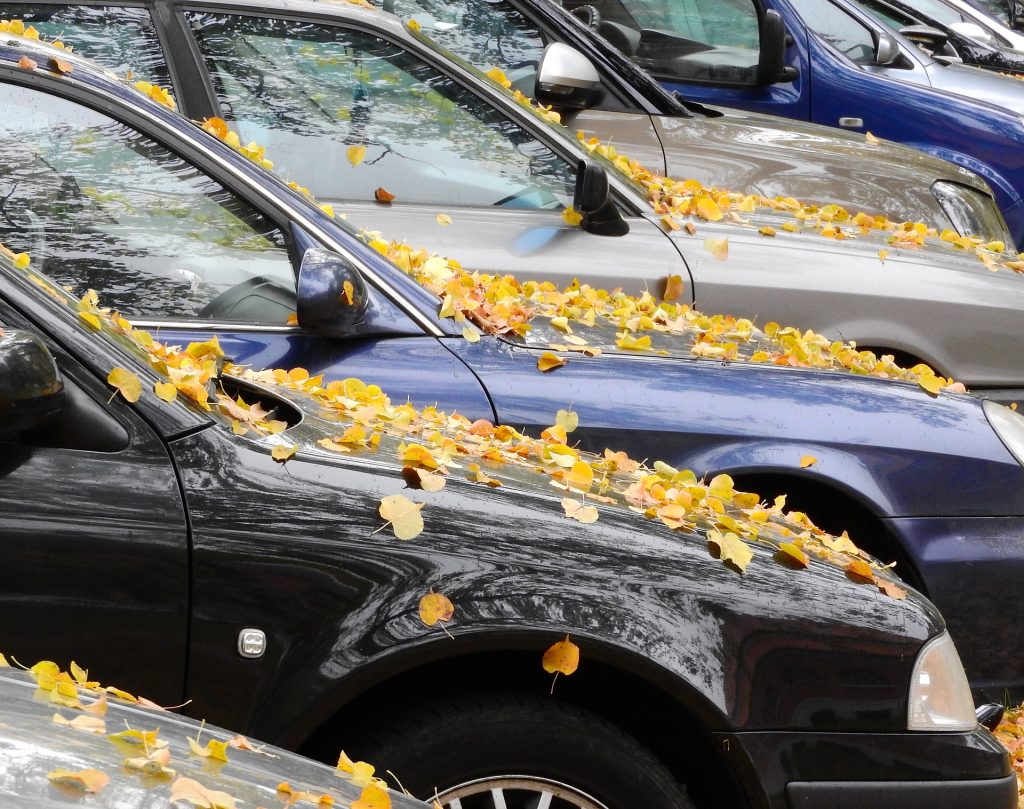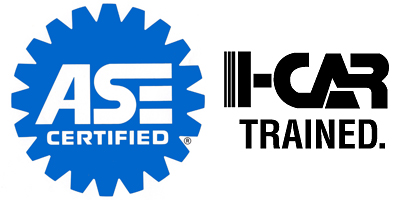2021 is gonna be a great year for new cars! Especially with the 797 HP Dodge Charger SRT Hellcat Red Eye, the Audi E-Tron GT and the Lucid Air which has over 1,000 HP!
Best New Cars for 2021-2022 | Latest Cars, SUVs & Trucks | Updates, Improvements, Pricing & More – Edmunds
Read more here: https://edmu.in/2V44toe



